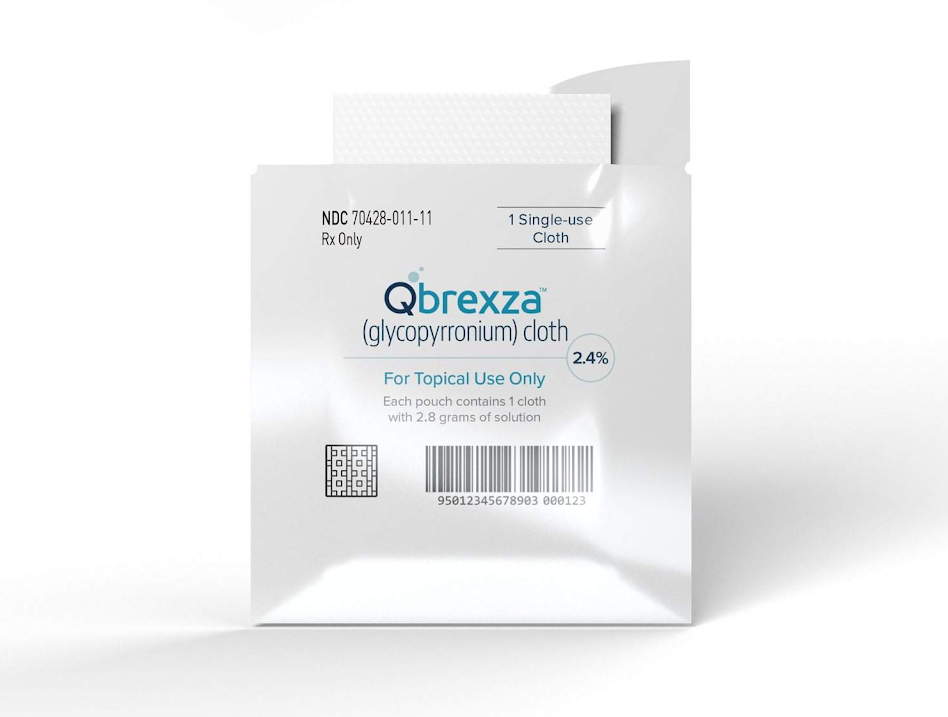Medical Dermatology
Dermatologists are experts in condition of the skin. A dermatologist is able to help many patients control excessive sweating. Before treatment begins, it is important to find out why a patient has excessive sweating.
How do Dermatologists Diagnose Hyperhidrosis?
Our Dermatologists first completes your thorough physical exam. This physical exam includes looking closely at the areas of the body that sweat excessively. Your Dermatologist will ask you very specific questions so that they can gain a complete understanding of why you are experiencing excessive sweating.
You might need medical testing in addition to a physical exam. Some patients require a test called the sweat test. A seat test is non-invasive and involves coating parts of the skin with a powder. This powder turns purple when the skin gets wet.
Your Dermatologist may recommend other medical tests to help rule out underlying medical conditions.
In severe cases of excessive sweating, our Sweat Experts may recommend a surgical procedure called Endoscopic Thoracic Sympathectomy (ETS). This procedure treats more severe cases of excessive sweating that is much heavier than normal. The ETS procedure treats sweating of the palms and/or face. If our Sweat Experts believe you may benifit from an ETS procedure, we will refer you to a Thoracic Surgeon for further assessment and recommendations.
How do Dermatologists Treat Hyperhidrosis?
Treatment depends on the type of hyperhidrosis and where the excessive sweating occurs on the body. Your dermatologist also considers your overall health and other factors.
Treatments that dermatologists use to help their patients control hyperhidrosis include:
Antiperspirants
This may be the first treatment that a dermatologist recommends. It is affordable. When applied as directed, an antiperspirant can be effective. Your dermatologist may recommend a regular or clinical-strength antiperspirant. Some patients need a stronger antiperspirant and receive a prescription for one.
Uses: Apply to underarms, hands, feet, or hairline
How it works: The antiperspirant sits on top of your skin. As you sweat, the antiperspirant is pulled into your sweat glands. This plugs the sweat glands. When your body senses that its sweat glands are plugged, this should signal your body to stop producing so much sweat.
Side effects: Where they apply the antiperspirant, some people develop:
Burning sensation
Irritated skin
If these occur, be sure to tell your dermatologist. Changing how you use the antiperspirant can reduce these side effects.
Botulinum Toxin Injections
Your dermatologist can inject a weak form of this medicine into your underarms. To treat excessive sweating, a patient will need to have very tiny amounts injected in many areas of the underarms. When performed properly, patients have little pain or discomfort.
Uses: Underarms
The Food and Drug Administration (FDA) has approved this treatment for the underarms. Findings from some research studies suggest that this treatment may be effective for other areas of the body. It may help post-menopausal women who sweat excessively on the head. It may be effective for excessive sweating that affects the hands and feet.
How it works: The injections temporary block a chemical in the body that stimulates the sweat glands. Most patients notice results four to five days after receiving treatment.
Reduced sweating lasts about four to six months, and sometimes longer. When the excessive sweating returns, you can be retreated.
Side effects: The most common one is temporary muscle weakness, which can occur when this is injected into the hands.
Prescription Cloth Wipes
The U.S. Food and Drug Administration (FDA) has approved this treatment for people who have excessive underarm sweating and are 9 years of age or older.
How it works: These individually wrapped cloths contain an active ingredient, glypyrronium tosylate, that can reduce underarm sweating.
Uses: Most people use one wipe per day at home to treat both underarms.
Side effects: Possible side effects include dry mouth, redness on the treated skin, and burning or stinging where the wipe touched your skin.
Prescription Medication
Some patients receive a prescription for a medicine that temporarily prevents them from sweating. These medicines work throughout the body.
How it works: These medicines prevent the sweat glands from working. Athletes, people who work in a hot place, and anyone who lives in a warm climate should use extreme caution when using this treatment. The body may not be able to cool itself.
Uses: These medicines can effectively treat sweating that involves entire body. This medicine also can be an effective treatment for post-menopausal women who sweat excessively only from their head.
Side effects: The medicines that prevent the sweat glands from working can cause:
Dry mouth
Dry eyes
Blurry vision
Heart palpations (abnormal heartbeat)
The risk of side effects increases with higher doses. Before taking this medicine, you should talk with your dermatologist about your individual risks and benefits.
Outcome and Improved Quality of Life
By seeing a Dermatologist, many people find treatment that effectively controls their excessive sweating. This often greatly improves their quality of life.
Many people control their hyperhidrosis by combining treatments. Our Sweat Experts have treated patients from all over Alberta, including Calgary, Red Deer, Fort McMurray, Edmonton and Grande Prairie.




